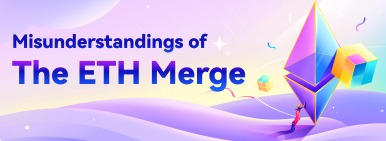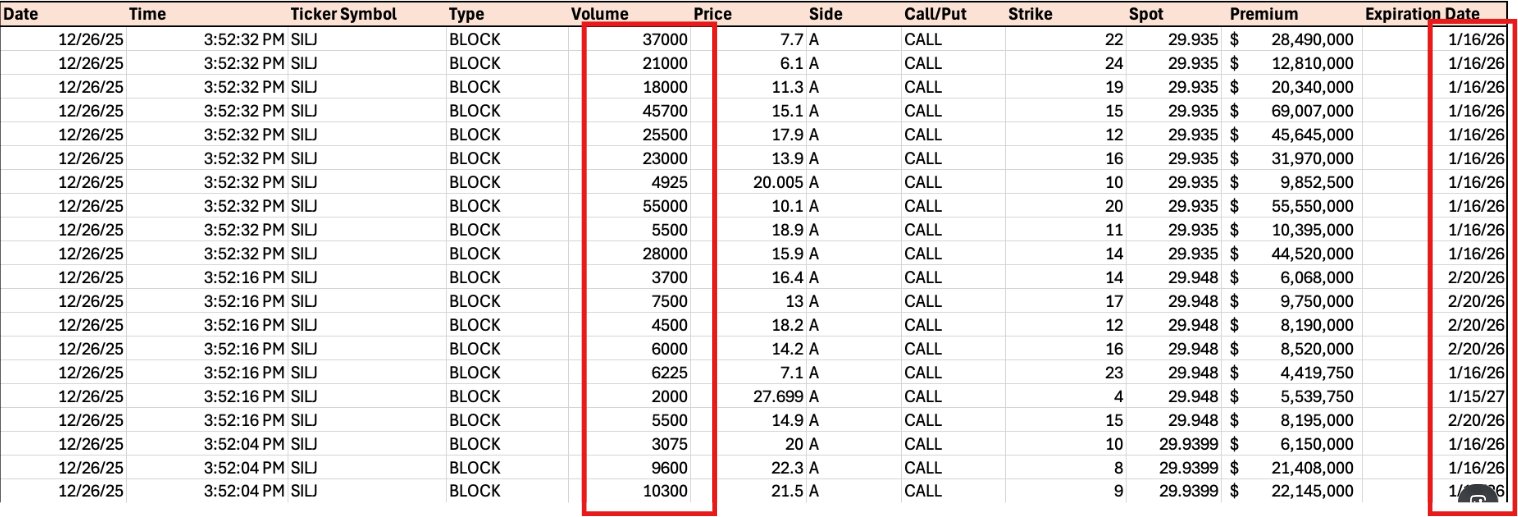Recently, various signals have been released, and the much-anticipated ETH Merge is coming soon, which has sparked heated discussions. That said, as the plan for the Merge has been revised multiple times, there are many misunderstandings generated by the previous stereotypes. Here, we will sum up some of the common misunderstandings about the Merge and help you properly
Is the Merge equal to ETH2.0?
During the past six months, followers of the Ethereum community might have noticed that developers rarely mentioned the term Ethereum 2.0, which originally referred to a major upgrade set to help the network transition to PoS after it goes into the Serenity stage. However, as Ethereum’s roadmap evolved, the original roadmap witnessed several changes. In the beginning, Ethereum 2.0 included the Beacon Chain in Phase 0, the Shard Chains in Phase 1, and the Merge in Phase 2. After the Merge, the network will shift from PoW to PoS.
In reality, however, as the ETH developers started to work on the Beacon Chain in 2020, they noticed that the Beacon Chain could be developed faster than other facilities. In addition, although the team originally planned to tackle the network’s scalability problem via sharding prior to the Merge, as Layer 2 thrived, they decided to use Rollup technologies such as Layer 2 to complete the task of scaling the execution of transactions for the moment being and shifted the priority to the transition from PoW to PoS.
Following the changes in the roadmap, the Ethereum Foundation had to use different terms to avoid misunderstandings, the Foundation announced that it will abandon the term “ETH2”. To be ifferent terms. more specific, the current Ethereum mainnet is now called the “Execution Layer” that handles transactions and execution, and ETH2 is renamed the “Consensus Layer”, which coordinates and processes PoS. In other words, the Beacon Chain, which now runs Ethereum’s PoS, will become the coordination network of the Consensus Layer. Once the Beacon Chain and the Ethereum mainnet (now the “Execution Layer”) go through the Merge, the network will have officially completed its transition to PoS.
Will the Merge reduce Gas fees?
No, the Merge will only bring a shift in consensus, and the network will have to rely on sharding to cut Gas fees. As the first major post-merge upgrade, sharding will be able to reduce Ethereum’s Gas fees on L1. At the moment, the Ethereum community encourages users to migrate to L2 for cheaper transactions, and L1 will be used to ensure Ethereum’s security performance.
Will the Merge improve the network’s TPS?
The Merge will not improve the user experience of Ethereum by much. The shift from PoW to PoS alone will only slightly increase the network’s TPS. That said, sharding, the next step after the Merge, will genuinely boost Ethereum’s performance. According to the current plan of the ETH community, Ethereum will adopt the Danksharding proposal, which, coupled with Rollup technologies like Layer 2, would significantly improve Ethereum’s TPS if the proposal is successful. Concerning the Merge, Ethereum now intends to rely on the mainnet as a security guarantee, and the network encourages developers to create more Layer 2 solutions that tap into the Rollup technology. In the future, more users and projects will likely experience and develop applications on Ethereum’s Layer.
Considering that a massive amount of ETH staked will be released after the Merge, will ETH be dumped into the market?
After the Merge, stakers will not be able to withdraw the ETH staked right away, and their withdrawals will be unlocked in about 6 to 12 months. Furthermore, Ethereum has set a withdrawal/deposit queue. This limits the speed of making deposits and withdrawals by imposing a cap on the amount of ETH that can be deposited or withdrawn a day, which effectively avoids the impact of wild fluctuations.
Will Ethereum become more centralized after it switch to PoS?
Ethereum’s centralization has always been a controversial topic. ETH validators and PoW miners play the same role. Plus, ETH holders may not participate in the governance of Ethereum, and they can only update the blocks. In addition, as the current PoW mining on Ethereum comes with demanding requirements, and also because of the restrictions of mining operations, mining machines are often centralized in large venues, which means that the PoW nodes are not sufficiently decentralized. In contrast, PoS miners can mine ETH with regular PCs or even smartphones. Therefore, there is no evidence that Ethereum will become more centralized after it shifts to PoS.




























